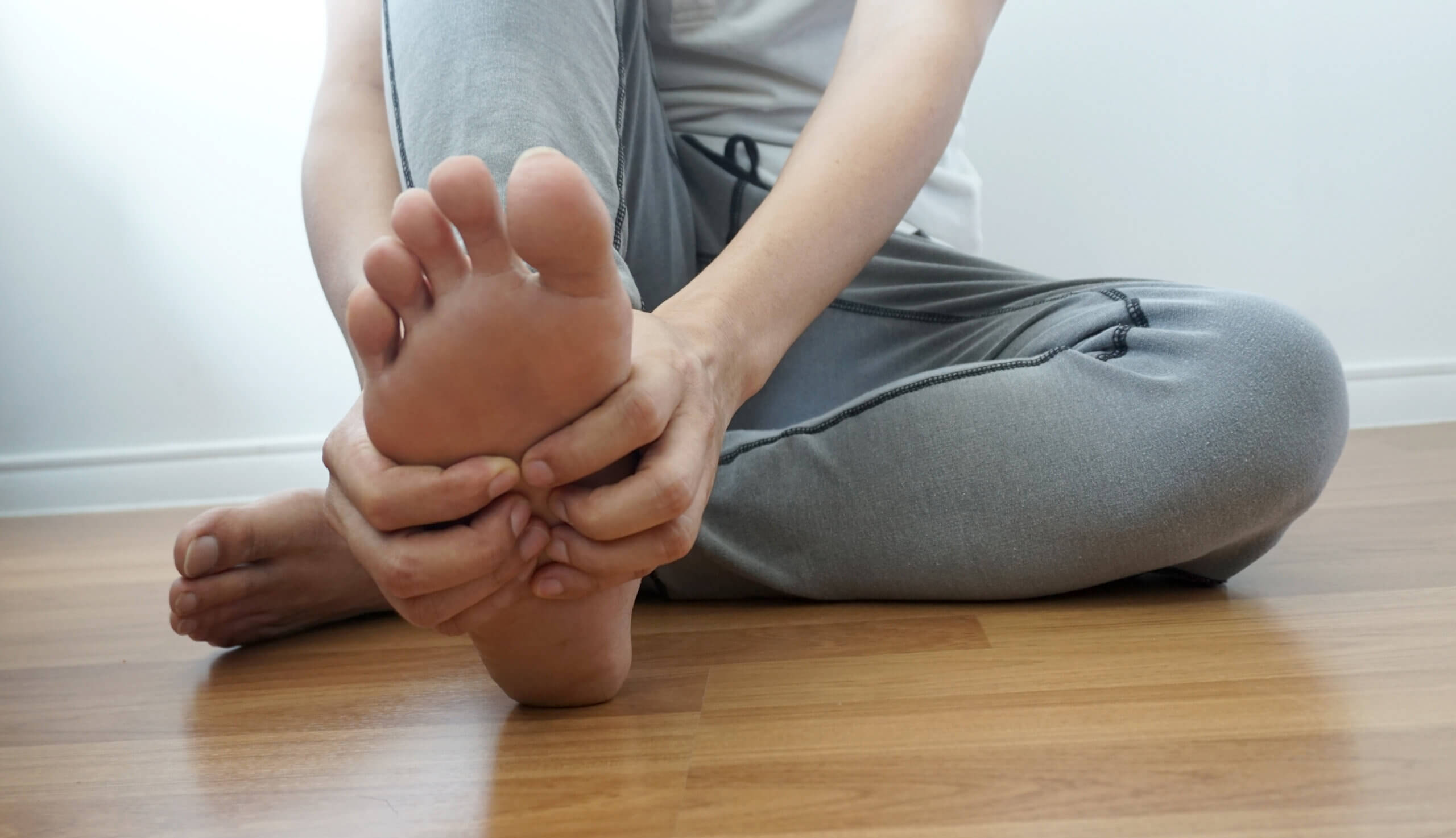Posterior tibial tendon dysfunction (PTTD) is a condition that occurs when the posterior tibial tendon, which supports the arch of the foot and helps in foot movement, becomes damaged or weakened. This condition can lead to problems with the foot’s alignment and function.
Symptoms of posterior tibial tendon dysfunction
Symptoms of PTTD include:
- Pain — Pain is typically located along the inside of the ankle and foot.
- Swelling — Swelling may occur near the bony prominence on the inside of the ankle.
- Flatfoot — Over time, you may notice a flattening of the arch of the foot.
- Weakness — You may experience difficulty in standing on your toes or maintaining balance.
- Instability — Your ankle and foot may feel unstable or be prone to rolling.
Causes of posterior tibial tendon dysfunction
PTTD can be caused by:
- Overuse
- Aging
- Injury
- Foot structure or alignment
- Conditions like diabetes or rheumatoid arthritis
If you suspect you have PTTD, you should consult a health care provider; they can diagnose the condition and recommend appropriate treatment, such as physical therapy.
Treatments for posterior tibial tendon dysfunction
PTTD can be treated by a variety of approaches, including:
- RICE method — The RICE method is a simple yet effective approach used to treat minor injuries, including PTTD. It involves:
- Rest — It’s essential to avoid activities that make the pain worse.
- Ice — To help ease inflammation and pain, you can apply ice packs.
- Compression — Extra support can be provided by wearing a compression bandage. It can also help reduce possible swelling.
- Elevation — Elevating the foot can help reduce swelling.
- Medication — Nonsteroidal anti-inflammatory drugs (NSAIDs) like ibuprofen can help manage pain and inflammation.
- Orthotics — Custom-made or over-the-counter arch supports or foot orthoses can provide support and correct alignment.
- Physical therapy — Physical therapy techniques for PTTD focus on alleviating pain, improving function and strengthening the affected areas. Techniques that can help PTTD include:
- Strengthening exercises
- Stretching and flexibility exercises
- Gait training
- Balance and proprioception
- Manual therapy
- Footwear — Wear supportive shoes that provide proper arch support and cushioning.
- Bracing — An ankle-foot orthosis or brace may be recommended to help provide support to the affected foot and ankle.
- Surgery — In severe cases, surgery may be considered to:
- Repair the tendon
- Transfer the tendon
- Reconstruct the foot’s arch
Addressing PTTD promptly can help improve function, reduce pain and maintain mobility.
Navigating PTTD treatment: How Advent PT can help
At Advent PT, we understand the challenges and discomfort associated with PTTD. Our team of experienced physical therapists is dedicated to providing personalized physical therapy plans, using effective techniques. We strive to help you:
- Reduce pain and discomfort
- Improve foot function and stability
- Prevent the progression of PTTD
- Return to your normal activities
Trust our team to help you on your journey to recovery from PTTD.
Call us or request an appointment today to find relief from posterior tibial tendon dysfunction.

